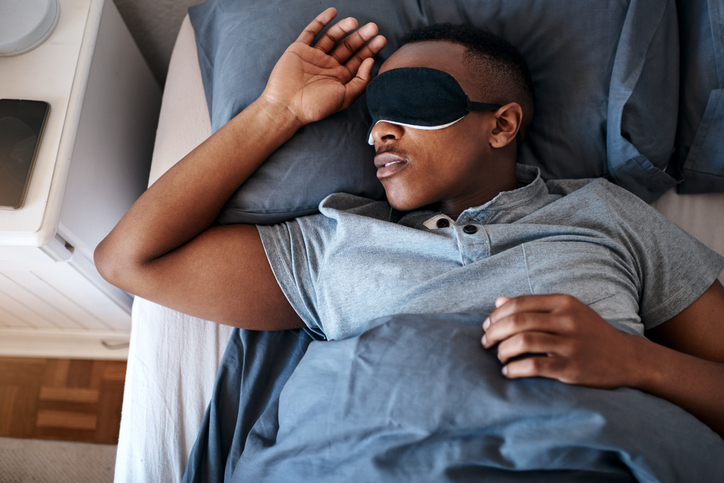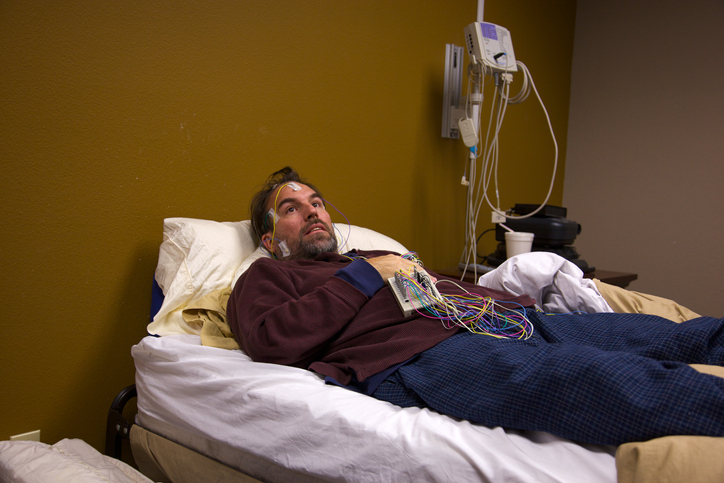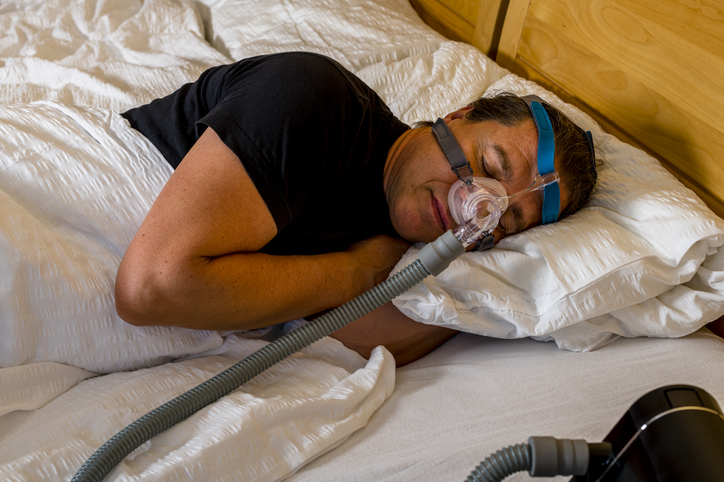Living with Chronic Pain
What Are Circadian Rhythm Disorders?

The human body experiences cyclical changes, known as circadian rhythms, during the span of a 24-hour day. The most recognizable circadian rhythm is the sleep-wake cycle. The brain receives cues from the environment, primarily changes in light, to prepare the body for restful sleep.
Biological factors (e.g., genes, age, or a medical condition) as well as temporary environmental or lifestyle factors (e.g., sleep hygiene, job schedules, or travel) can impact circadian rhythms. When the sleep-wake cycle is disrupted to the point that everyday activities are affected, it is considered a circadian rhythm disorder. Depending on the specific disorder, symptoms include difficulty falling or staying asleep, early morning waking, fatigue, reduced alertness, daytime sleepiness, and mood changes.
Circadian rhythm disorders are categorized into the following types: advanced sleep-wake phase disorder, delayed sleep phase syndrome, irregular sleep-wake rhythm disorder, jet lag disorder, non-24-hour sleep-wake rhythm disorder, and shift work disorder.
- Advanced sleep-wake phase disorder (ASWPD) is characterized by difficulty staying awake in the early evening. Early morning waking occurs as a result. Middle-aged and older adults are the most commonly affected age groups.
- Delayed sleep phase syndrome (DSPS) is one of the most common circadian rhythm disorders. Falling asleep later at night than anticipated and difficulty waking in the morning are the hallmarks of this disorder. DSPS can cause daytime sleepiness or anxiety, which can interfere with school, work, or social expectations. Individuals with delayed sleep phase syndrome can be incorrectly perceived as lazy and unmotivated. DSPS is most common in adolescents and young adults.
- Irregular sleep-wake rhythm disorder (ISWRD) is characterized by unpredictable, intermittent, brief periods of sleep and wakefulness. Symptoms include taking multiple naps throughout a 24-hour period and not feeling rested after sleeping. This disorder is most common in individuals with certain neurological conditions, such as dementia or traumatic brain injury, and individuals with cognitive disabilities.
- Jet lag disorder is a temporary circadian rhythm disorder that can occur when traveling across at least two time zones in a short period of time. This can cause sleepiness or waking at unsuitable times. Jet lag tends to be worse when traveling east as opposed to west.
- Non-24-hour sleep-wake rhythm disorder (N24SWD) manifests as a sleep-wake rhythm that is not in sync with a 24-hour period. The sleep-wake cycle most commonly becomes longer than average; however, it could also become shorter. This usually occurs when light exposure is extremely limited, such as in individuals who are blind or live close to the poles of the earth. N24SWD can cause periods of insomnia and daytime sleepiness, followed by periods where the circadian rhythm happens to sync up with the 24-hour clock.
- Shift work disorder is associated with working nights or rotating shifts. Work schedules and circadian rhythms are conflicted, which can cause insomnia and excessive sleepiness.


















